Which clay pigeon shooting discipline is easiest?
A gun club near my home does DTL and Automatic Ball Trap shooting. I’m in the process of buying my…
Win CENS ProFlex DX5 earplugs worth £1,149 – enter here
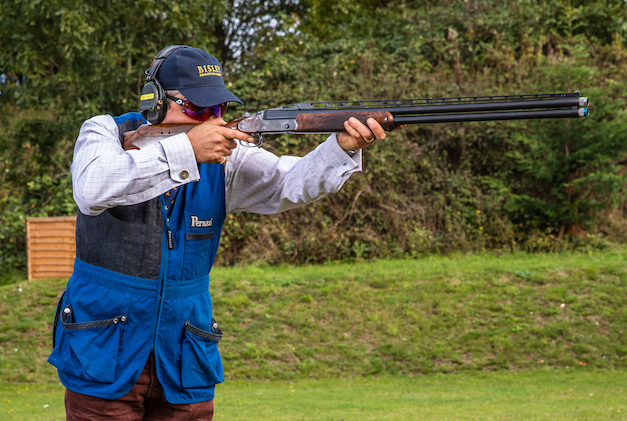 Trap shooting
Trap shooting
This article is not meant to be a masterclass on trap shooting, more rather trap shooting explained to encourage you to give it a go if you haven’t tried it.
Trap shooting is one of the formal clay shooting disciplines and at its highest level an Olympic sport. Most people start on DTL (Down the Line) before moving onto ABT (Automatic Ball Trap), Double rise and OT (Olympic Trap).
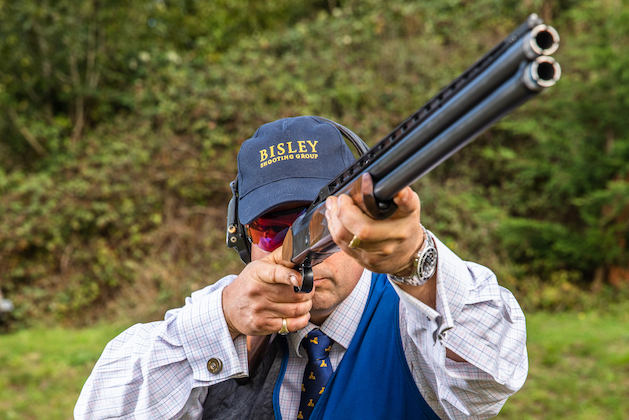
Trap shooting is derived from live pigeon shooting
Clay target shooting started from live pigeon shooting. The machines that throw the clay pigeons are called traps after the traps that held the live birds prior to release. We call “Pull!” to release the clay as they used to pull the cord to open the trap holding the pigeons. The term ‘kill and lost’ comes from this era but it is now more common to hear ‘hit and loss’. The format and shooting positions are founded on live pigeon days.
A trap gun can look different to a Sporting one but this does not mean you can’t shoot trap with a Sporter. You can at least try it to see if it suits. All the differences are there to help you shoot the discipline better.
Most of the trap disciplines are shot in squads of five as there are five stations, but sometimes in squads of six with the spare waiting behind and moving in as the squad rotates. Stand 1 shoots first, then in sequence from 2,3,4 and 5. This carries on until all stations have shot five targets. Everyone then moves up one place to the right and stand 5 moves to 1. Station 2 then starts the second round and this continues until everyone has shot five targets on the five stations, a total of 25 targets.
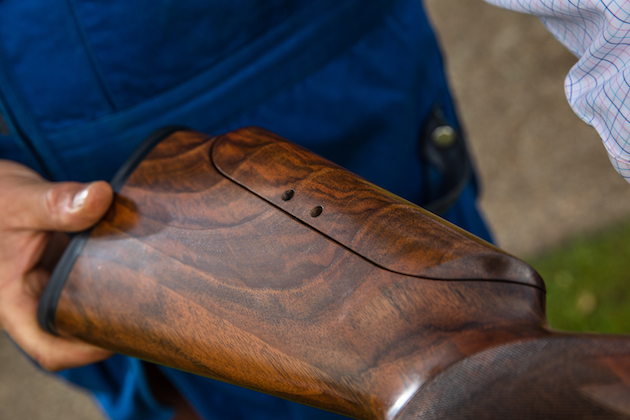
The stock with adjustable comb
Once you have been given the command from the referee to start, you are expected to call for your ‘bird’ within 10 seconds. There is then a gap of 10 seconds for the next call on station 2. You have to be aware that it is your turn but not load until the shooter before you has finished his or her shot. Once everyone has shot five targets on their station, the referee will give the command to change stations.
With DTL you can use 28g loads, but as you get into the Olympic disciplines you have to use 24g loads. In DTL, you score 3 points for a first barrel hit, 2 points for a second barrel hit and nothing for a miss.
Competitions are usually 100 targets, giving you a maximum score of 300. Other variants include double rise, single barrel and handicap by distance.
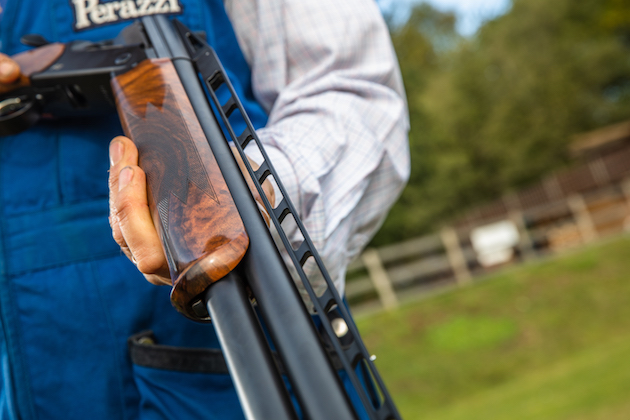
Long barrels help achieve a smooth swing
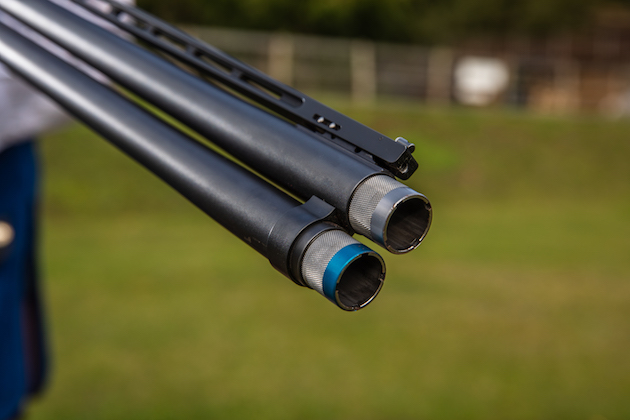
Tighter chokes, such as full and full are common
Concentration is vital as the targets are shot with the gun pre-mounted and with specific hold points, depending on the discipline and station you are shooting from. It is not uncommon to see shooting glasses with blinkers on the side to block any glare from the sun or other distractions. You are expected to stay still and quiet when you are not shooting. A towel is used to keep your hands dry to help you maintain a good grip. As the targets are often blaze (orange), glasses with red or orange tints can make the targets stand out more. It is important to note that when shooting trap disciplines, although the targets will be the same direction, speed, angle and elevation, different backgrounds can have an effect on perception of the target.
A gun club near my home does DTL and Automatic Ball Trap shooting. I’m in the process of buying my…
New to clayshooting? This is what English Sporting, English Skeet and Trap shooting involve
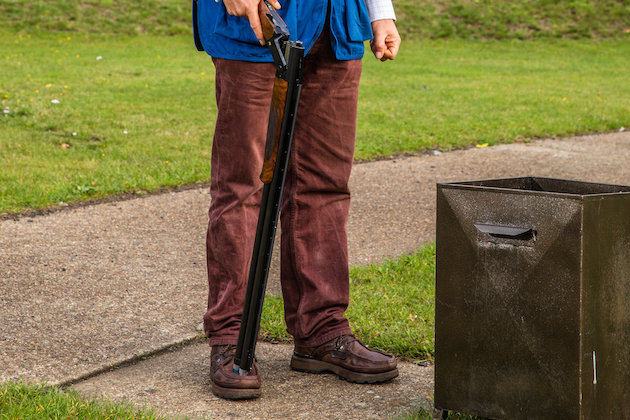
Your feet must be within the marked area
Technique is key. Your feet must be within the marked area and should not restrict your body movement when shooting the target. Your gun should be pre-mounted with your head down on the stock, starting your gun on your pick-up point for that station. The movement to the target is done with core muscles in a smooth and progressive swing.
The current world champion in Olympic Trap is Matt Coward-Holley, 24, the first British shooter to win a world title in this discipline. Perhaps you could follow him?
Get the latest news delivered direct to your door
Discover the ultimate companion for field sports enthusiasts with Shooting Times & Country Magazine, the UK’s leading weekly publication that has been at the forefront of shooting culture since 1882. Subscribers gain access to expert tips, comprehensive gear reviews, seasonal advice and a vibrant community of like-minded shooters.
Save on shop price when you subscribe with weekly issues featuring in-depth articles on gundog training, exclusive member offers and access to the digital back issue library. A Shooting Times & Country subscription is more than a magazine, don’t just read about the countryside; immerse yourself in its most authoritative and engaging publication.

